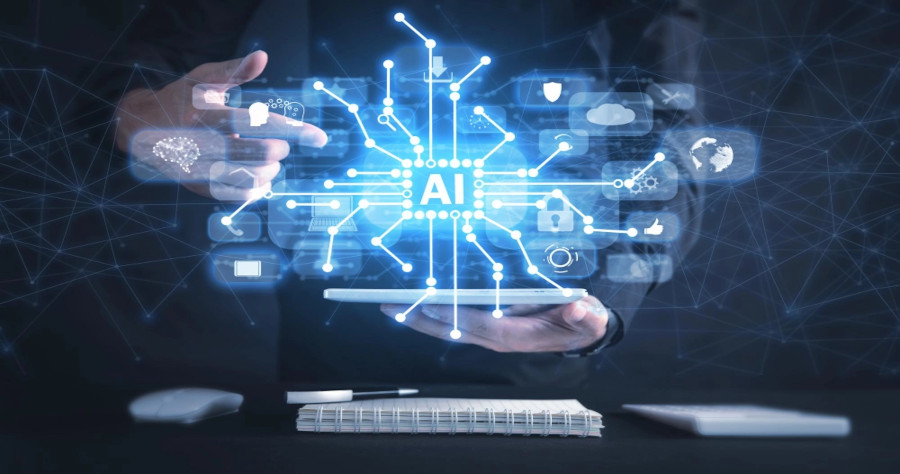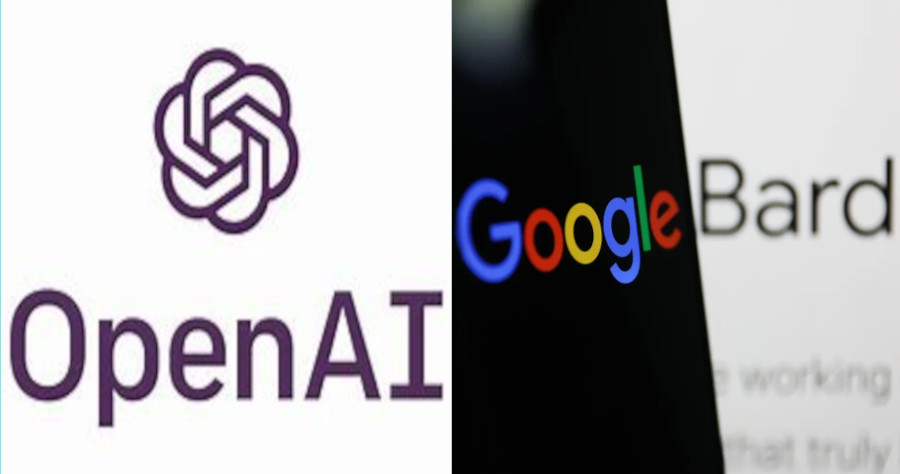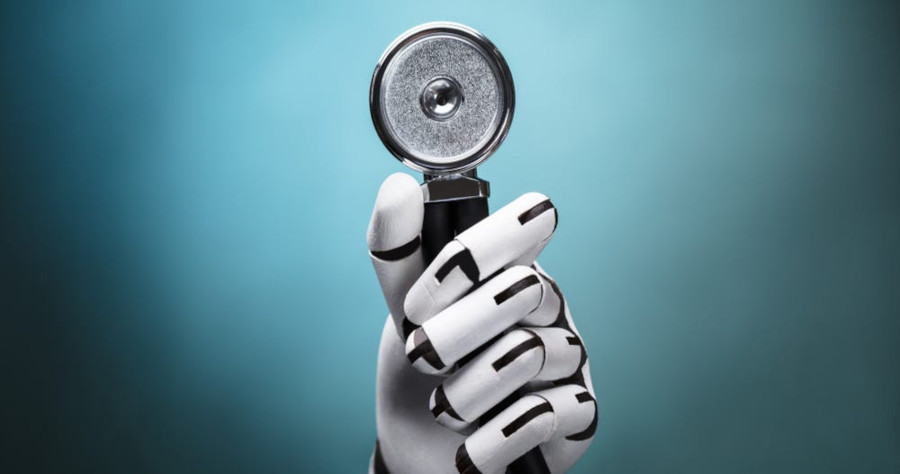Nowadays, automation has become pervasive, encompassing various aspects of our lives. From the doors of our homes to our mobile phone backups, and even in our offices and automobiles, automation is prevalent. Robots, which are human-made machines that operate through automation, play a crucial role in executing specific tasks with speed, precision, and minimal human intervention.
The applications of robots are diverse, spanning industries such as security, agriculture, healthcare, and space exploration. In the field of TV and film media, robots prove to be particularly useful. They can assist in holding cameras and capturing scenes from multiple angles consistently, thereby enhancing the quality and realism of action sequences. These robots contribute to in-house entertainment and breathe life into otherwise inanimate objects.

Additionally, robots and advancing technologies have also become a significant attraction for large crowds. The development of robots reflects the human desire for interaction with these machines, bridging the gap between imagination and reality. As a result, the fields of robotics and human cognition nurture each other’s growth in a symbiotic manner.
The fascination with robots stems from the human inclination to complete mundane tasks quickly and efficiently. Robots, alongside artificial intelligence, are considered the future and have already become an integral part of everyday life. They continue to evolve, becoming faster and more efficient with each passing day.
Robots also have practical applications in personal settings and are in high demand for personal use. Some advantages of having a personal robot include its tireless nature, ensuring timely completion of routine tasks, and the ability to enhance productivity in more meaningful endeavors. These robots learn and adapt to their surroundings, educate their users, and seamlessly perform household chores, such as cooking and cleaning. Moreover, personal robots are equipped to operate in poor lighting conditions, alleviating strain on human eyes.
Robots possess intelligence due to their advanced programming. Their ability to interact with the world and accurately perceive their surroundings is a standout feature. An excellent example of this is the automatic driverless car, which exemplifies a personal robot capable of adapting to its environment.
In addition to personal use, robots are extensively employed in space programs. Robotic arms on spacecraft can effortlessly move large objects, while robots can also collect on-ground information from other planets and transmit it back to operators within seconds. These capabilities make robots an indispensable asset in space exploration.
Automation and robotics have become ubiquitous, with robots playing a crucial role in various industries and everyday life. As technology continues to advance, robots are set to become even more integral to our lives, shaping the future of automation and human-machine interaction.






